Introduction
“Prelude No. 1 in E minor” by Heitor Villa Lobos belongs to his ‘Cinq Preludes’ written in first half of the 20th century by the great Brazilian composer. The Prelude, whilst not being extremely difficult is still very beautiful and contains many of the idiosyncratic compositional techniques that Villa Lobos is known for such as open strings, melodies in the lower registers and multiple notes of the same pitch played on different strings simultaneously.
I had to play this piece for my end-of-year recital when I was studying classical guitar at Victoria university in Wellington, New Zealand. At that point I fell in love with the music of Villa Lobos. For some reason it seemed to resonate with me and I really appreciate my teacher William Bower for introducing me to his music all those years ago.
Composed in 1940, this prelude is the first of a set of five preludes that Villa-Lobos wrote for guitar, and it remains a favourite among guitarists for its lyrical beauty and technical demands. The piece is set in the key of E minor and typically performed at a moderate tempo, around 80 BPM, allowing for expressive phrasing and dynamic contrast. “Prelude No. 1” is known for its melancholic and introspective mood, with the melody playing out in the bass emulating the sound of a cello, similar to the opening of Capricho Árabe by Tárrega. The middle section transitions to a brighter, more dance-like theme in E major, before returning to the somber opening motif, creating a compelling contrast within the piece.
A few tips:
-
In this piece try to emphasise the melody with the right hand thumb, emulating the creamy sound of a cello
-
When playing the block chords unite your i, m, and a picking fingers as one for clarity and execution
-
Use rasgueados to punctuate your performance and seek a beautiful round tone for the upper register chords in the E-major (B) section.
Musical Style
Heitor Villa-Lobos’ musical style is characterised by its rich integration of Brazilian folk elements with classical forms. His compositions often feature complex rhythms, lush harmonies, and lyrical melodies, reflecting the vibrant cultural landscape of Brazil. Villa-Lobos was known for his innovative use of the guitar, exploiting its full range of tonal colors and technical possibilities. His works demand both technical proficiency and expressive depth, making them challenging yet rewarding for performers. Villa-Lobos’ contributions to the guitar repertoire have solidified his status as one of the most important composers for the instrument in the 20th century.
Notable Pieces
Five notable pieces by Heitor Villa-Lobos:
• Bachianas Brasileiras No. 5
• Chôros No. 1
• Étude No. 7
• Prelude No. 3
• Suite Populaire Brésilienne
Let your fingers fly!
Josh

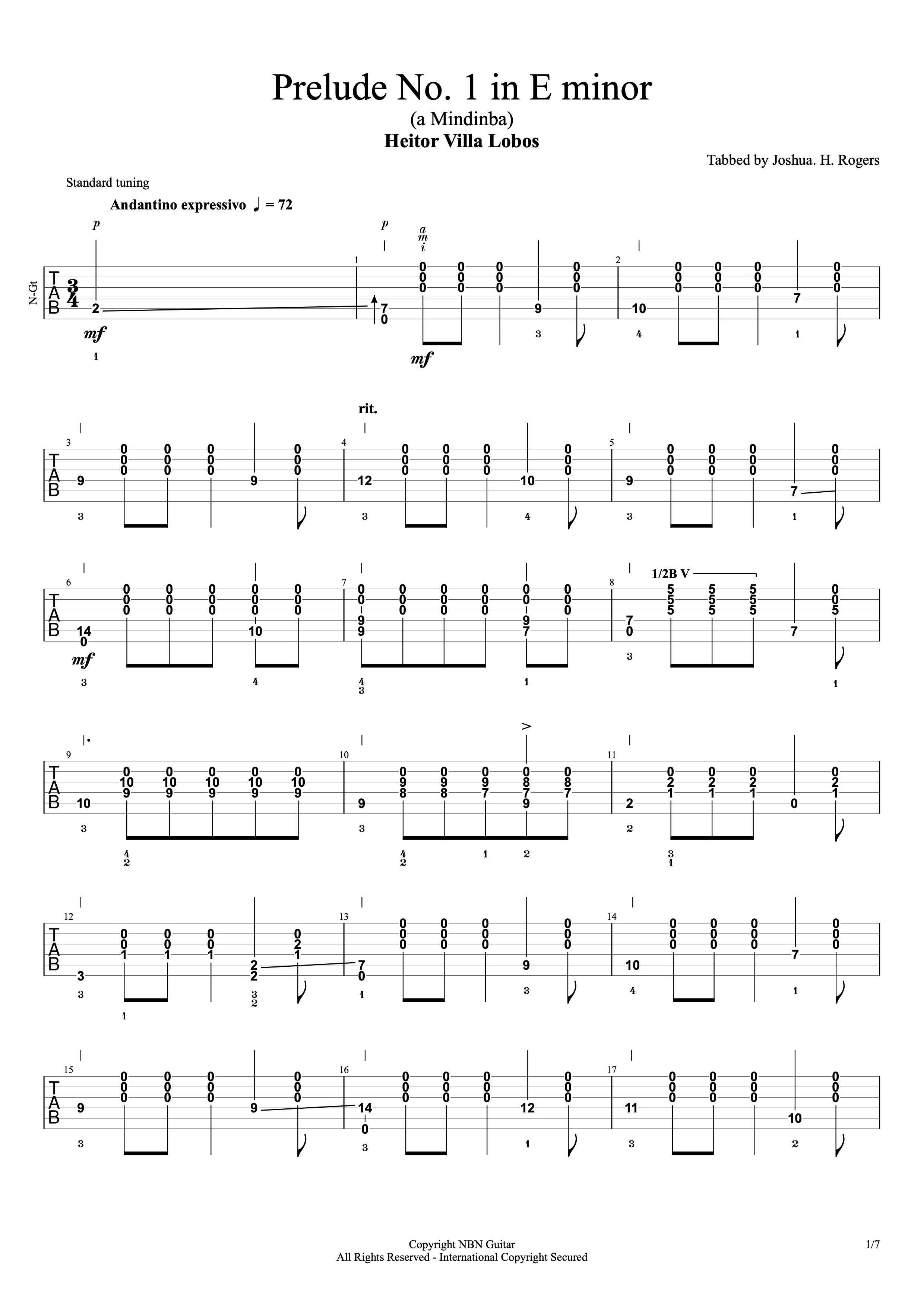
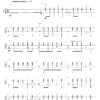
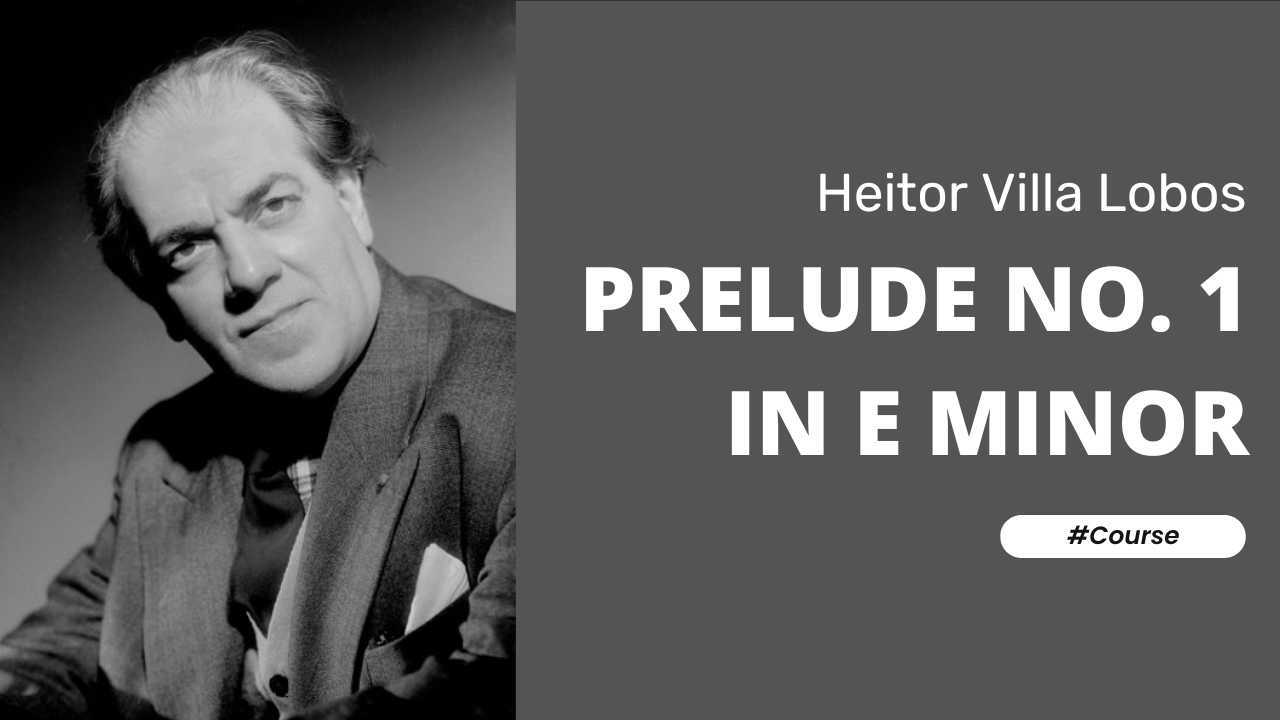
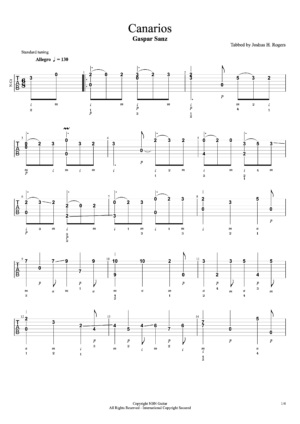

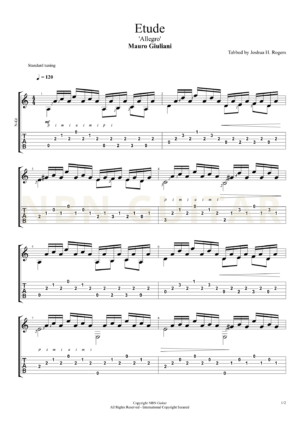
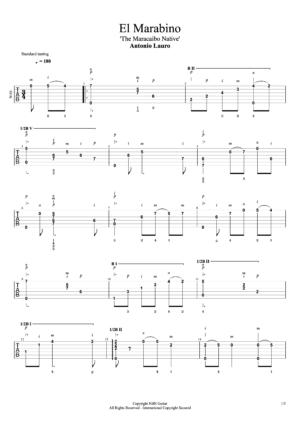
Reviews
There are no reviews yet.